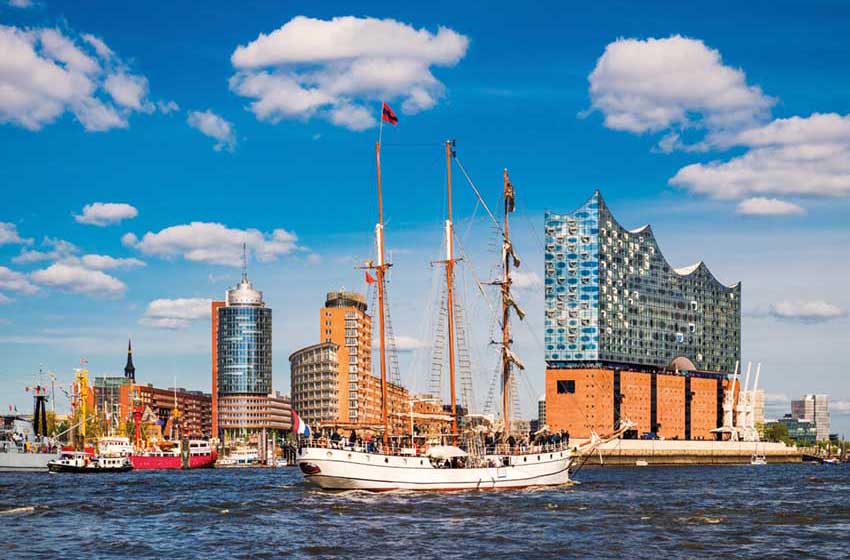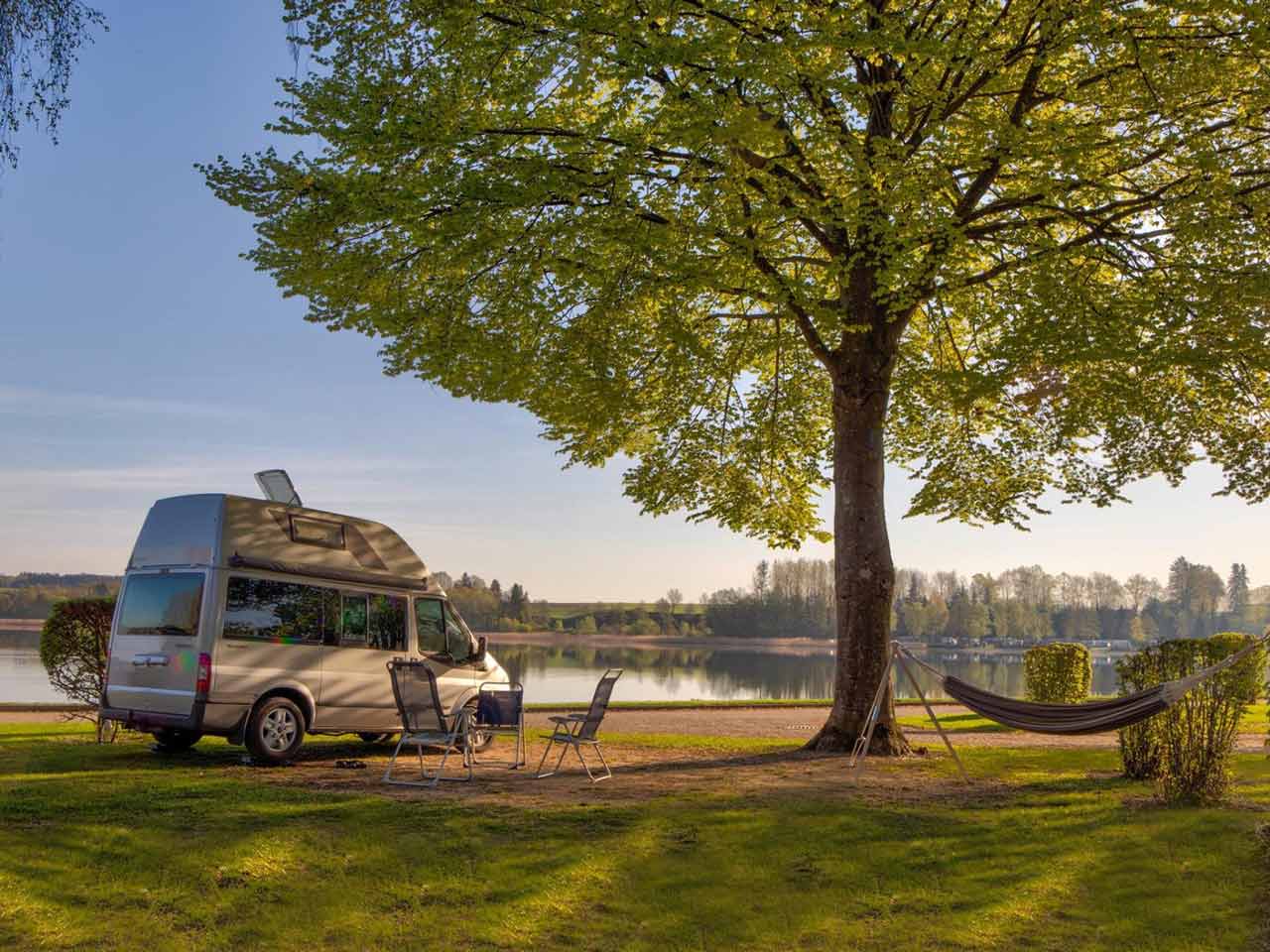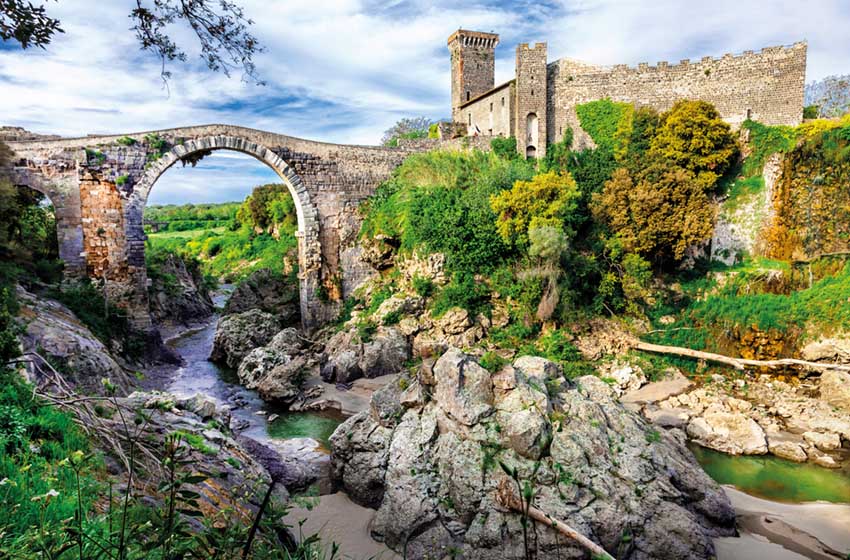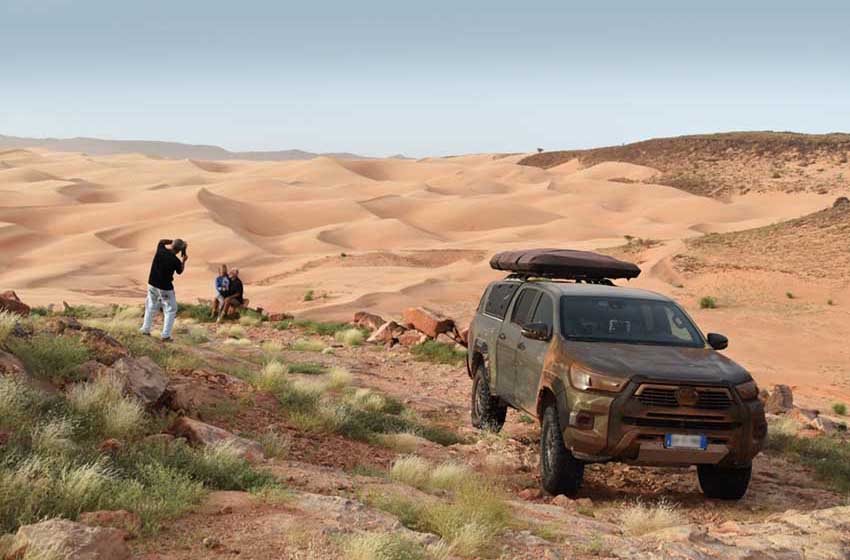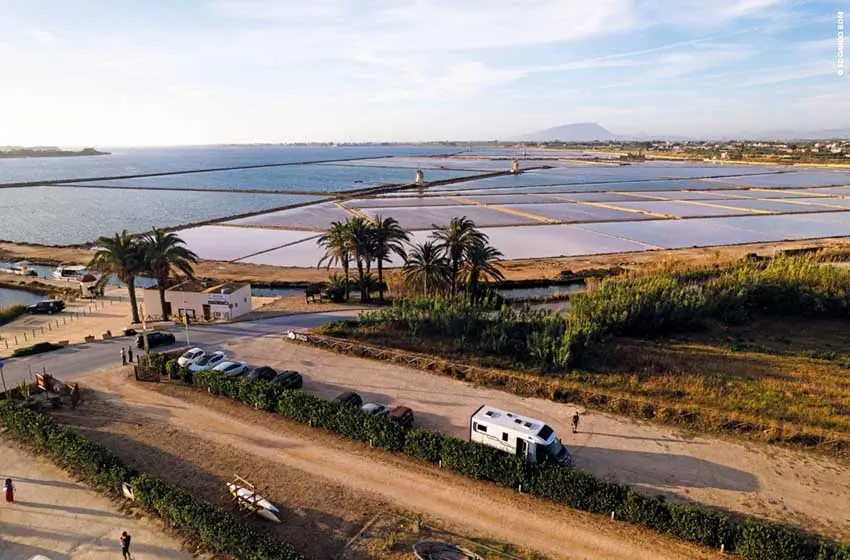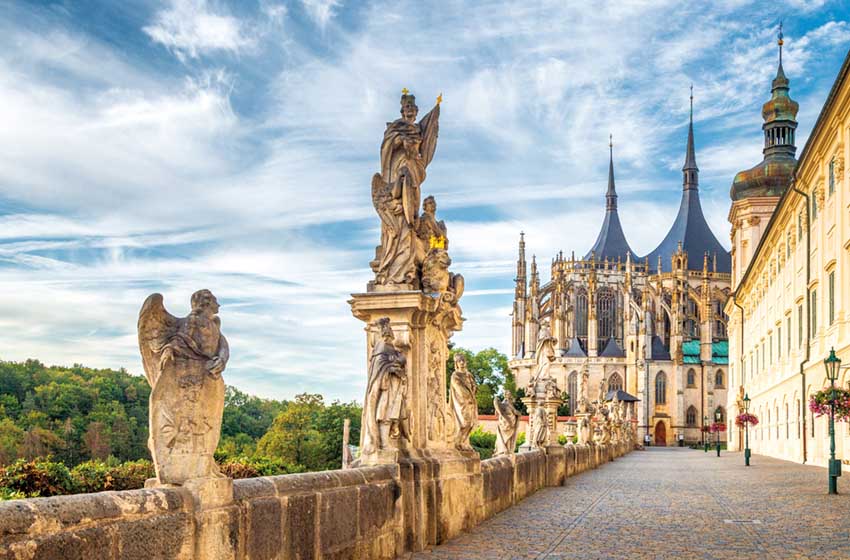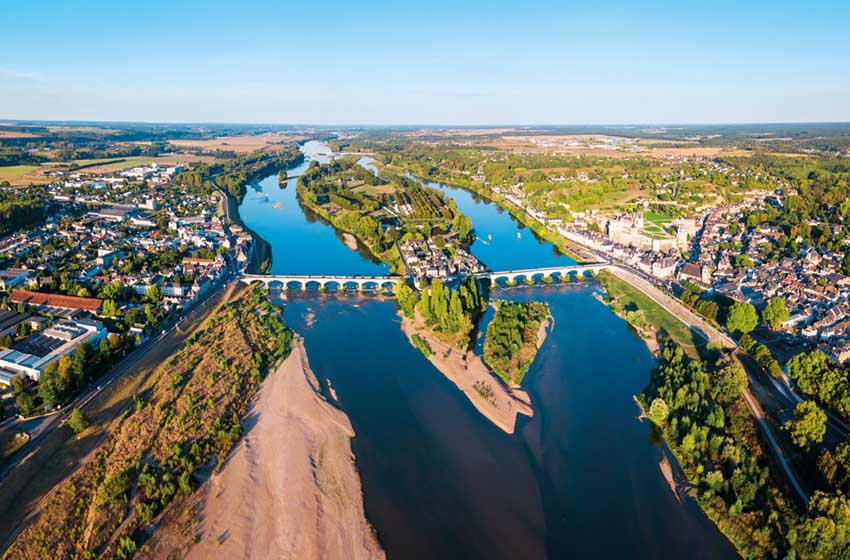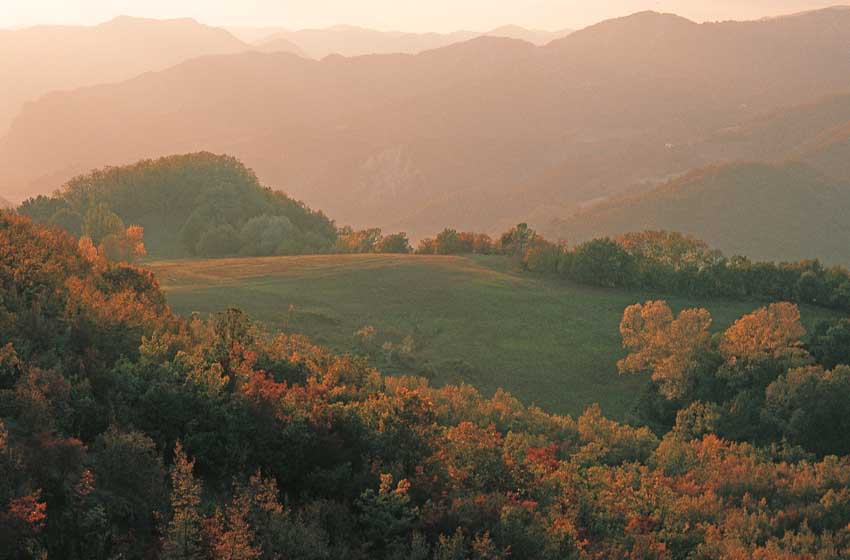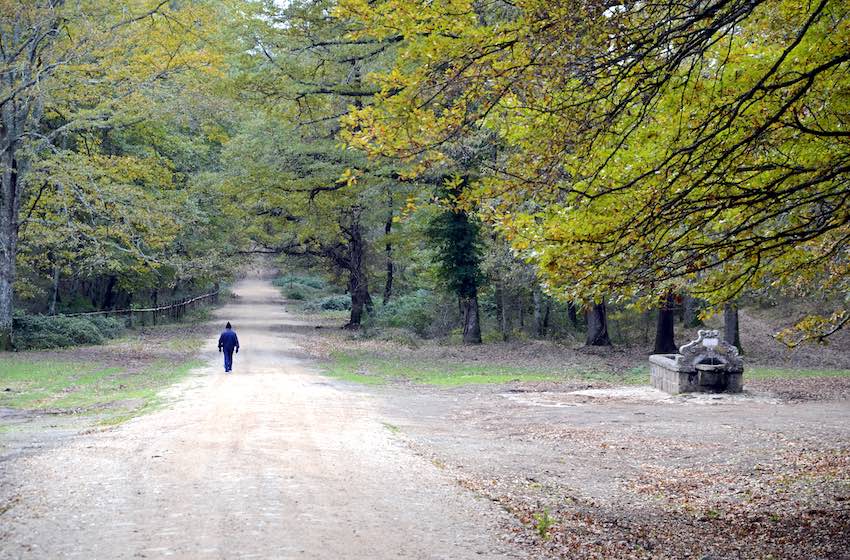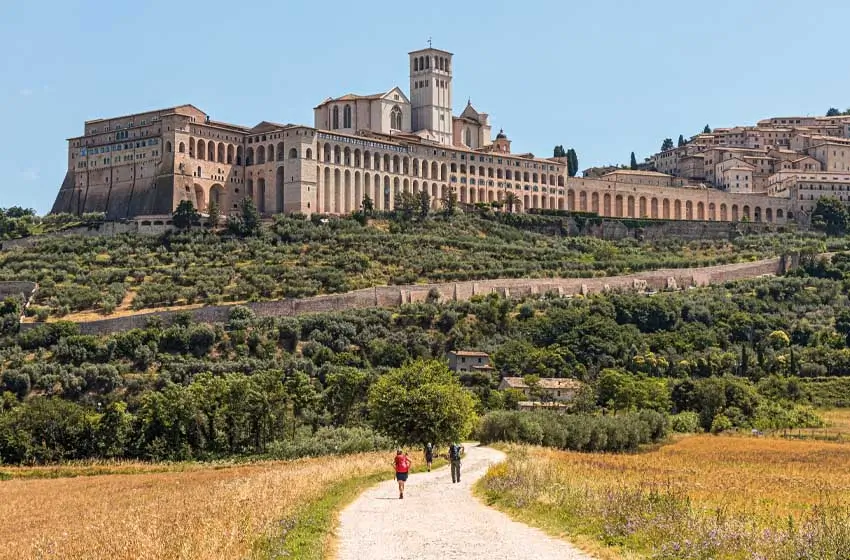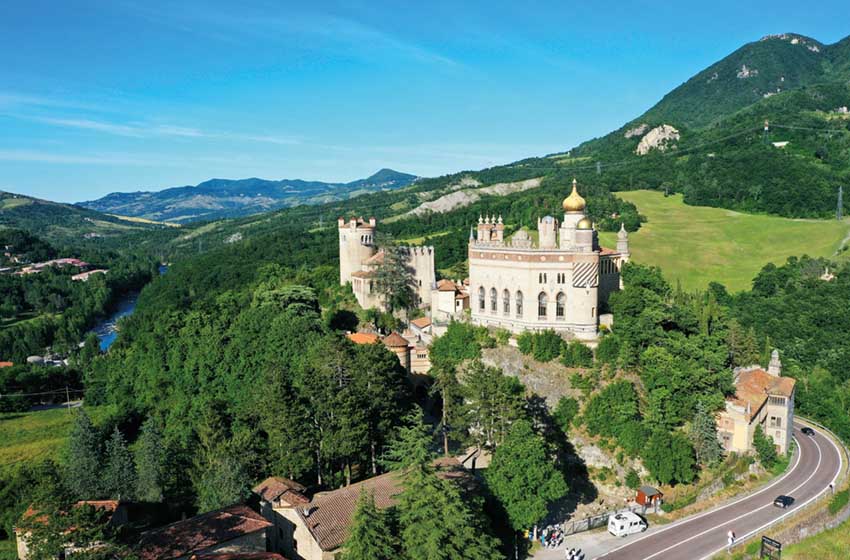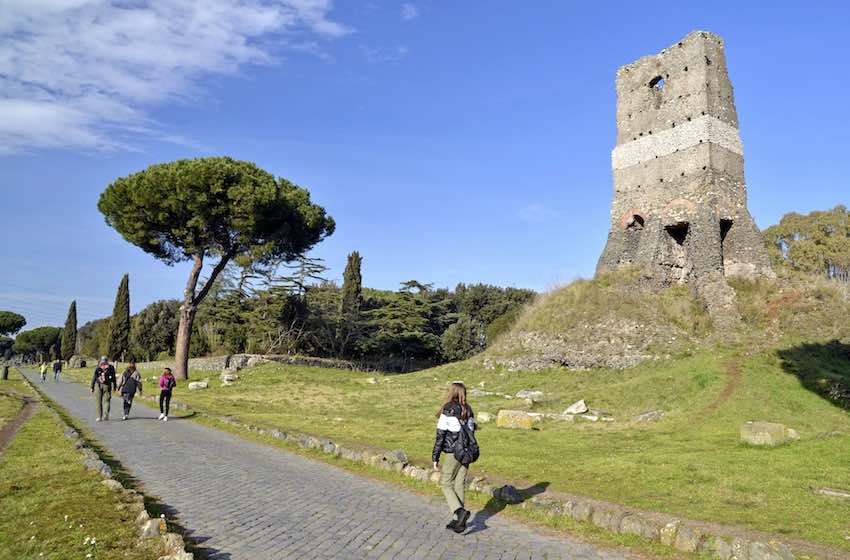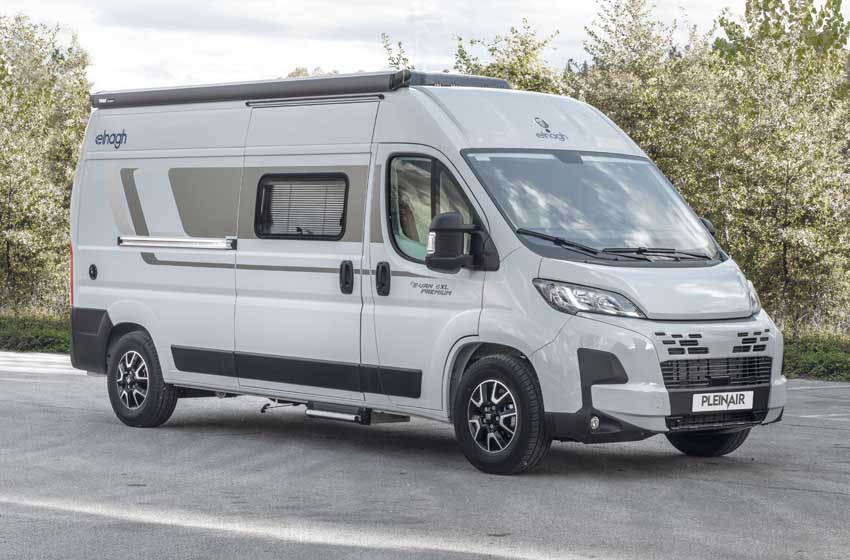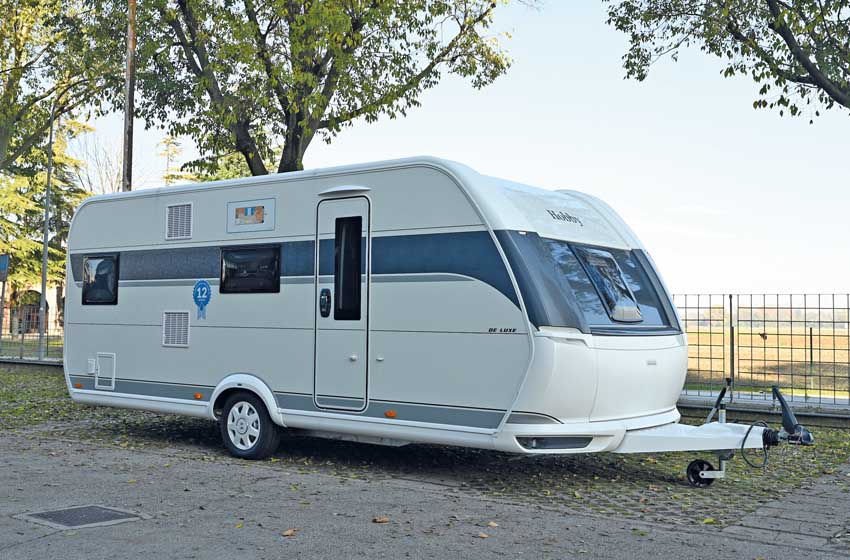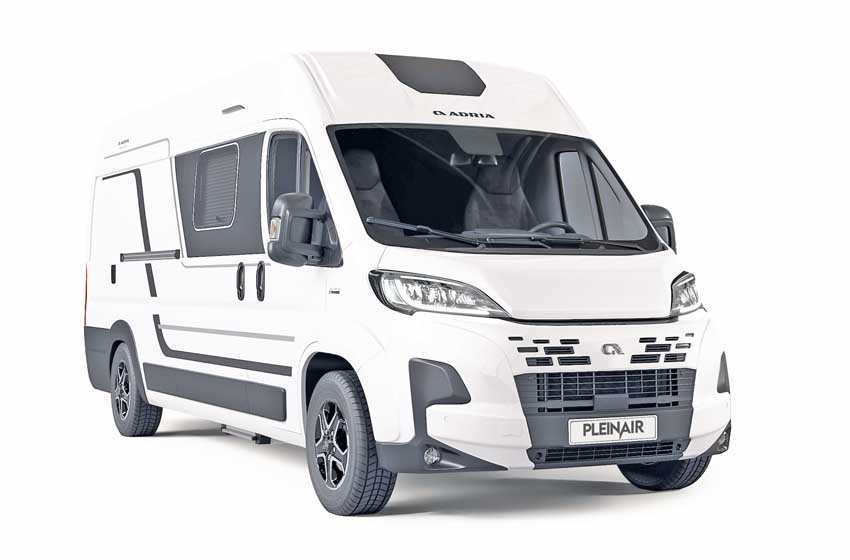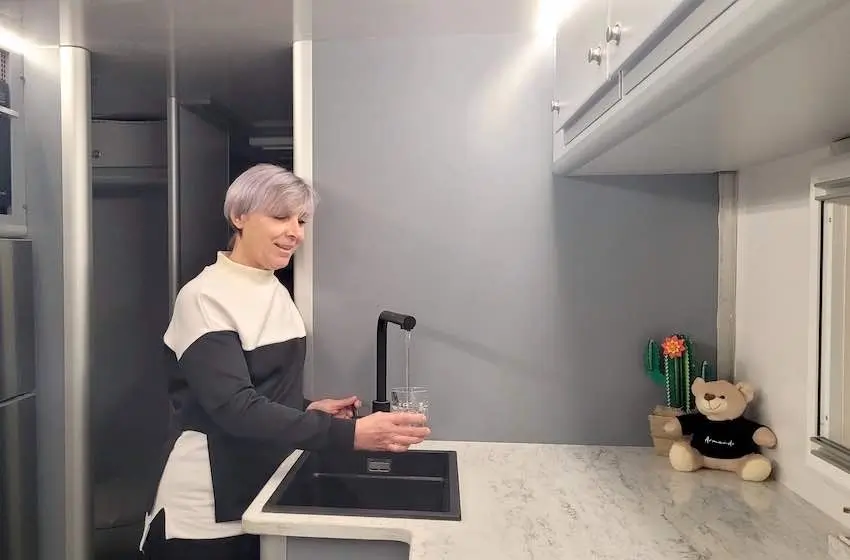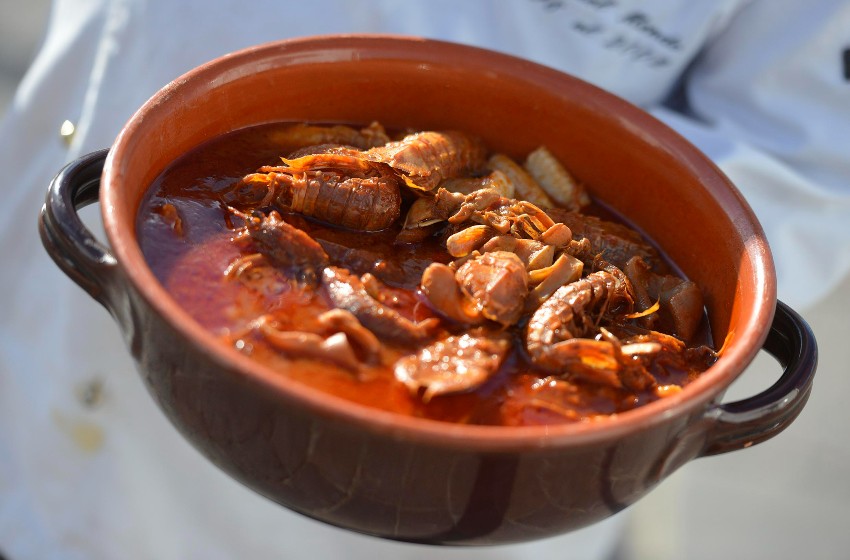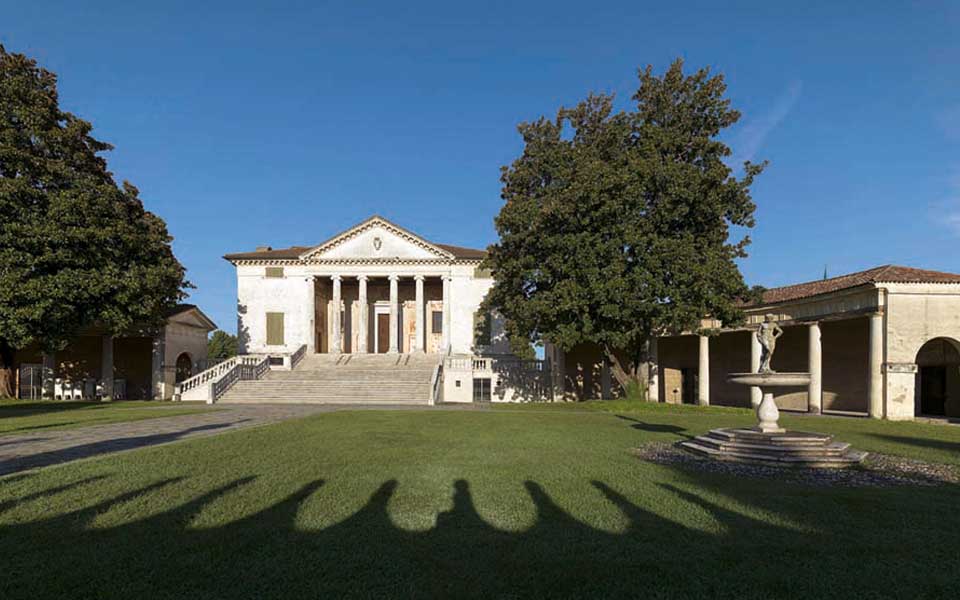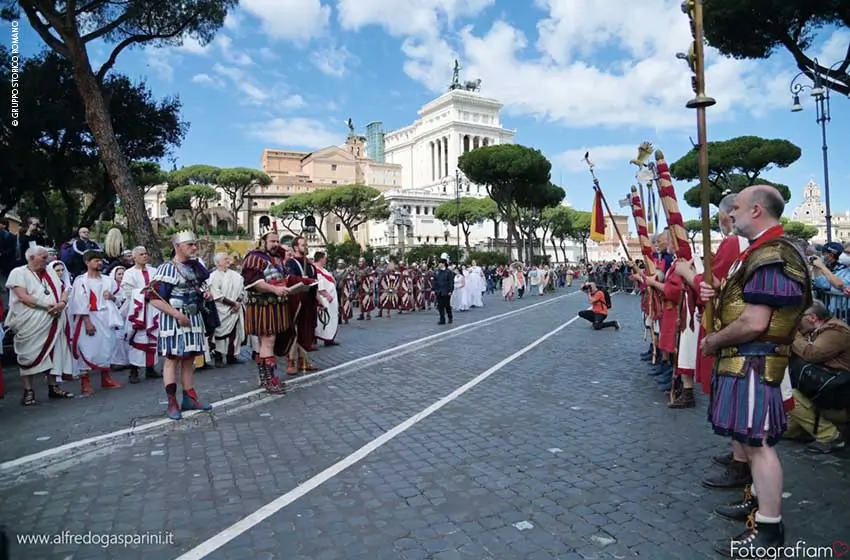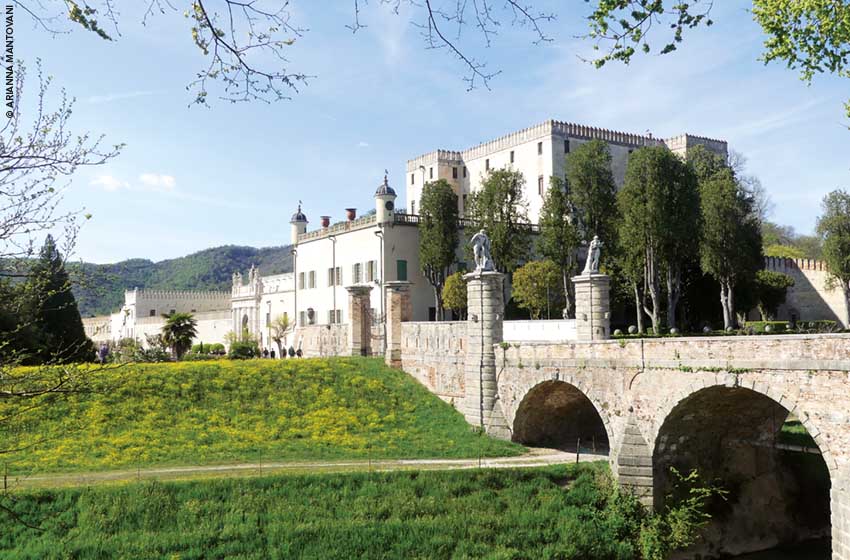Not the usual Germany. What we propose is a unusual route compared to classic itineraries in Germany to do in a camper. A tour of four German cities that played a leading role in the Hanseatic League. A tour that will make you feel like a traveler like one of the famous Bremen Musicians, a symbol of enterprising spirit and freedom.
The Hanseatic League: the first European Union?
Founded around 1260 when wealthy merchants from the North Sea and Baltic cities united in Hanse (in ancient Germanic: powerful group), was a league of brothers for assistance abroad and protection for affiliates. A agreement between Free Cities, who answered only to the Emperor. A preview of Europe, without internal duties and with unified trade rules, the federation even went so far as to declare war on the king of Denmark in 1368, managing to gain dominance over the Baltic.
Between the 12th and 16th centuries thousands of Cog, heavily armed single-masted square-rigged transport vessels, sailed the ocean waters carrying fish, caviar and salmon from the North Sea, fine leathers from Russia and Scandinavia, very expensive spices and hard-to-find products from the East.
Precious goods that piled up in the warehouses of red brick (red bricks) of Hamburg, Lübeck, Wismar and Bremen. It brought together more than one hundred cities in Germany, Estonia, Latvia, Scandinavia, the Netherlands, Poland and Russia with warehouses in London, Marseille, Messina, Naples and Livorno. Only in the 16th century did the Hanseatic League begin its decline, shaken by internal tensions, the Reformation and commercial pressures from the Turks, English and Dutch. Yet even today, Lübeck, Hamburg, Bremen and Wismar, the four main Free Cities, define themselves as hanseatic city. Neither the passing of the centuries, nor the power of the Church, nor the Great War will bend the spirit of the Hanse.
Read also: “Saxony in a camper between cities, vineyards and castles”
Bremen in 5 stages
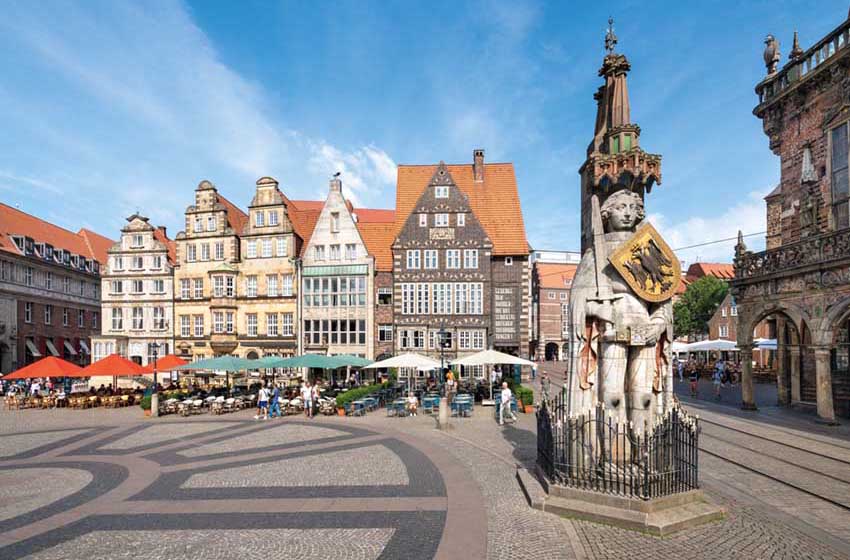
Of the four cities of the Hanse, Brema it's geographically the closest to Italy and its historic center, theOld town, it turns around in a few hours. It is surrounded by the Weiser River and, on the northern side, by star-shaped buttresses transformed into a garden. The Wilhelm-Kaisen-Brücke bridge crosses the river (navigable on boats also used for transporting bicycles) arriving from the Neustadt district on the west side. Following the Balgebrückstraße you enter the Marktplatz, the main square. The visit to the city can be concentrated in five stages.
1. Marktplatz
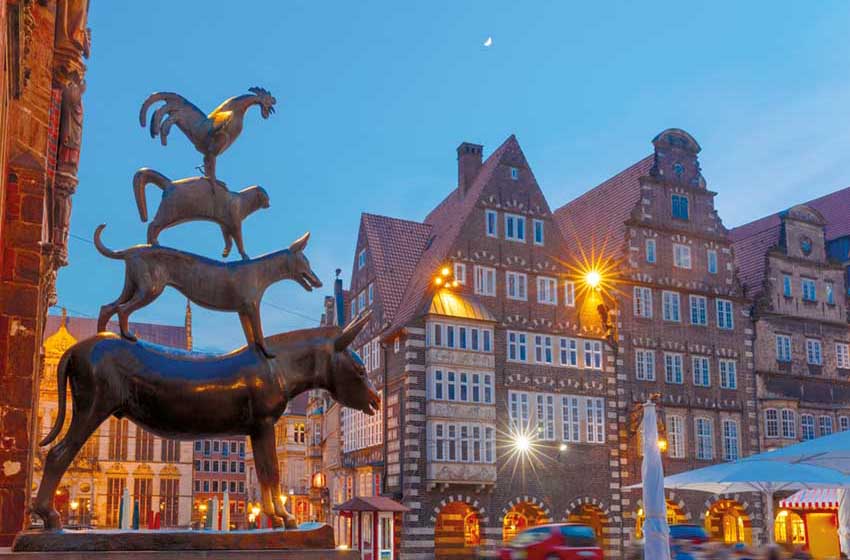
Headquarters Rathaus, the Town Hall dating back to the 15th century which hides an Art Nouveau room entirely decorated in wood, leather and pure gold. Literally under the palace stands the Bremer Ratskeller, with 600 years of tradition and the largest collection of German wines, where people still drink in the picturesque wooden booths, used by generations of merchants to make trade deals. On the same square is the Mercatura Palace, headquarters of the Chamber of Commerce.
Slightly shifted from the center, the statue of Roland (in Italy, Orlando), with the writing "I show you freedom" on the shield, dating back to 1400, symbol of the city's independence. It is facing the Cathedral of San Pietro, evangelical Lutheran church with 1200 years of history, seat of the Archbishopric, the only power capable of countering the strength and autonomy of the mercantile city. On the west side of the square stands the Statue of the Bremen Musicians.
2. Botcherstrasse
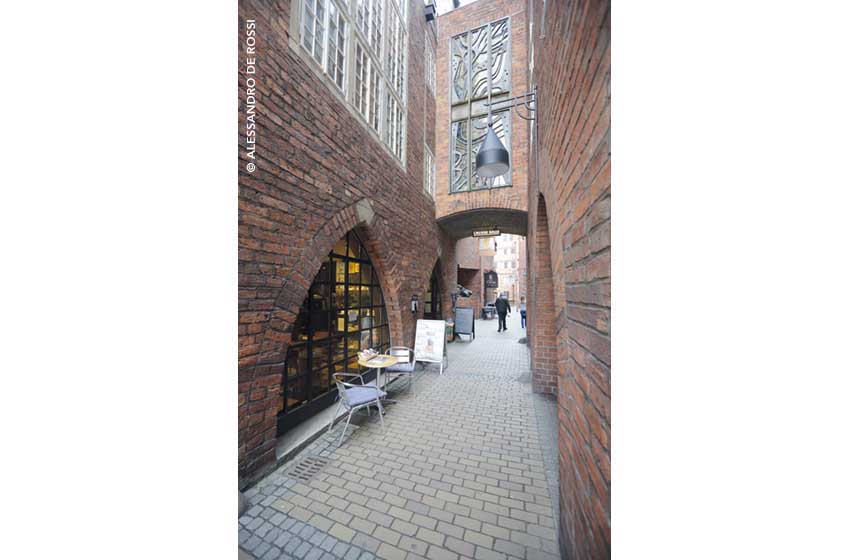
The ancient street-coopers district rebuilt entirely in brick in the 1920s in German Art Nouveau style by the architect-sculptor Hoetger while he was working on the house of the entrepreneur Ludwig Roselius, inventor of the decaffeinated Hag.
Between number 6 and number 10 there is the Roselius house-museum. In the same street, where a curious carillon is hidden which is activated at 12, 15 and 18, you can also visit the Paula Modersohn-Becker Museum dedicated to the artist. Entrance costs 6 euros. At the back towards the square is the famous Hachez Chocolaterie, while under the portico there are countless artisan shops such as Glass by Art Tec Albrecht Ramisch.
3. The Schnoor district
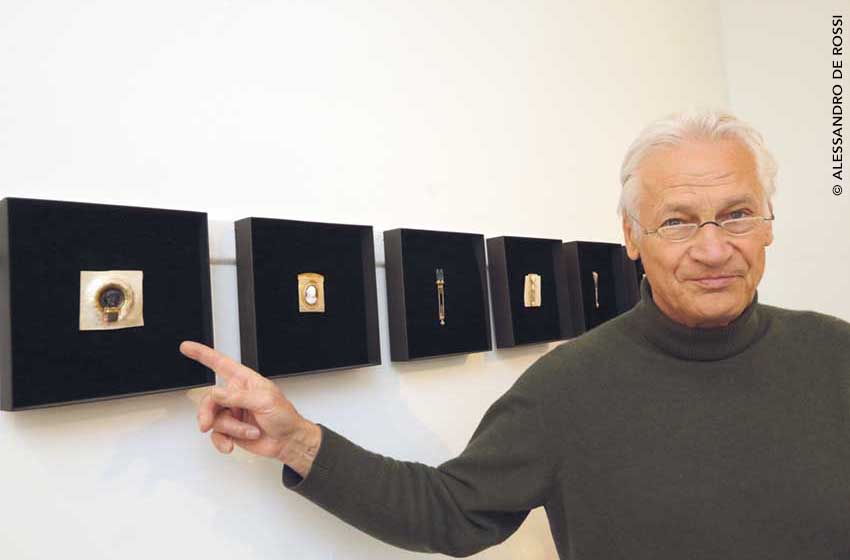
The colorful houses with an unmistakable style welcome us historic jewelry by Erick Hergert-Schmucktalier or the new creations, dedicated to the four musicians, by the painter Sabine Reichelt.
4. On the edge of the ancient city
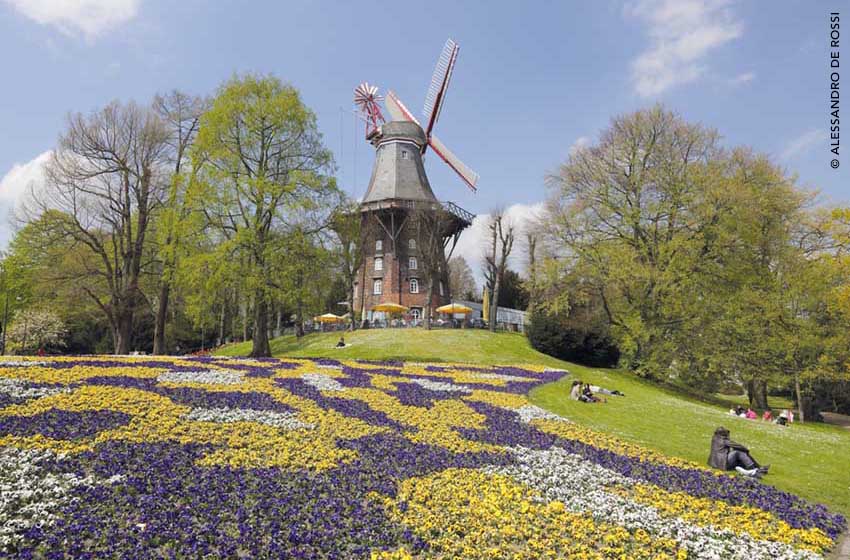
Il Museum of Art it is located on the first buttress of the ancient star-shaped city walls. Here are exhibited canvases from the Middle Ages to modernism, works by Picasso and the French Impressionists and an original collection of sketches by artists such as Van Gogh, Rembrandt, Monet, Manet and Canova. With a long walk along the Am Wall Gardens, you reach the Molino am Wall.
5. Out of town
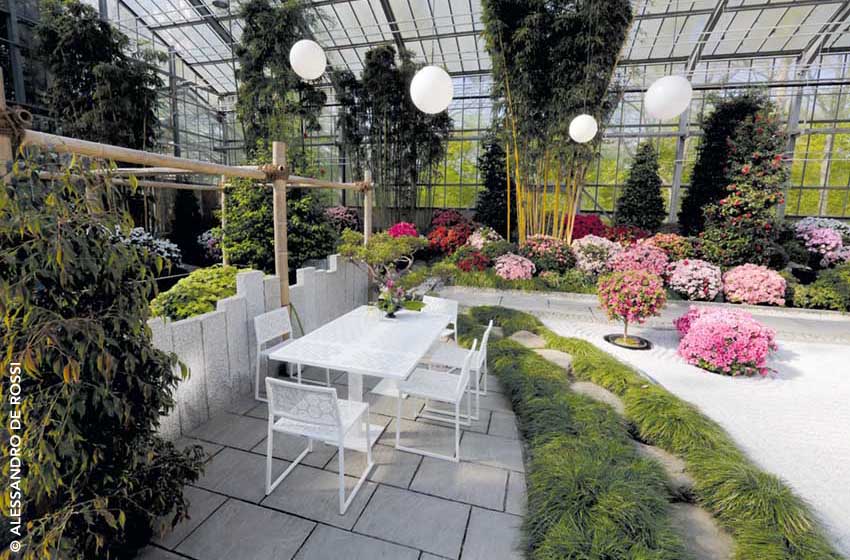
Il Rhododendron Garden, reachable by tram line 4, between May and July it offers spectacular flowering. The park is always open with free admission. Don't miss the Botanika Museum and Focke Museum, dedicated to the history of the region and the city.
Hag, the best decaffeinated coffee in Germany
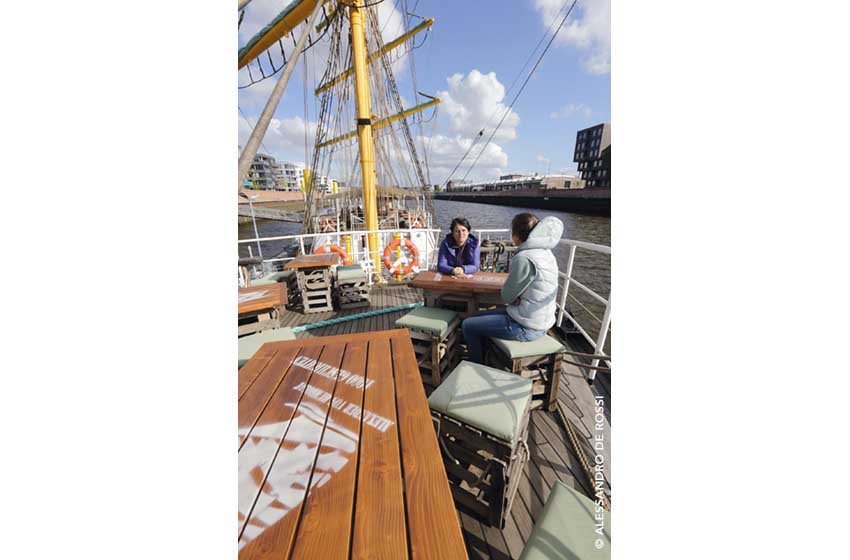
They say that the best decaffeinated coffee in Germany is drunk in Bremen. The reason is soon explained. Right here in 1905 the first caffeine elimination process was developed. HAG it is precisely the acronym of Kaffe-Handels Aktien Gesell-schaft, the name of the procedure. Since then the Hag
carries on the tradition by selecting the best beans to produce a decaffeinated coffee with a unique taste.
Do not miss visit to the original Hag-Lloyd roastery with a picturesque Café-Museum (be careful, it closes at 16pm!) in Uberstaad “marine” neighborhood to the ancient port reachable by tram no. 3, where the sailing ship Alexander von Humboldt stands out, used for advertising Becks beer
which today houses a restaurant.
Read also: “Between the Rhine Valley, an adventure in the golden river”
Where to find red bricks
What do the four cities have in common? The red brick bricks, the only material available in the absence of good natural stones. The architects of the northern regions were eager to use the enormous wealth of the Municipalities to beautify the cities. And so, they used the red brick, sometimes darkened with particular muds and cooking techniques to add artistic notes and geometric designs. The impressive Lübeck's St. Marien cathedral it became a model for the imposing cathedrals of Wismar, unfortunately destroyed by the bombings of the Second World War.
Also 'Archbishopric of Bremen and the cchurches in Hamburg they are built entirely of bricks. The Rathaus in Lübeck amazes with its elaborate façade, the one in Bremen represents an evolution of the elegant private homes in Giebelhaus (gable houses) of Wismar, which in turn embellish the work warehouses of Hamburg. It was therefore no coincidence that German Art Nouveau also turned to brick, creating the spectacular districts of Kontorhaus in Hamburg and Botterchstraße in Bremen in the 1920s.
Learn more on Bremen.
Hamburg, bite and stay
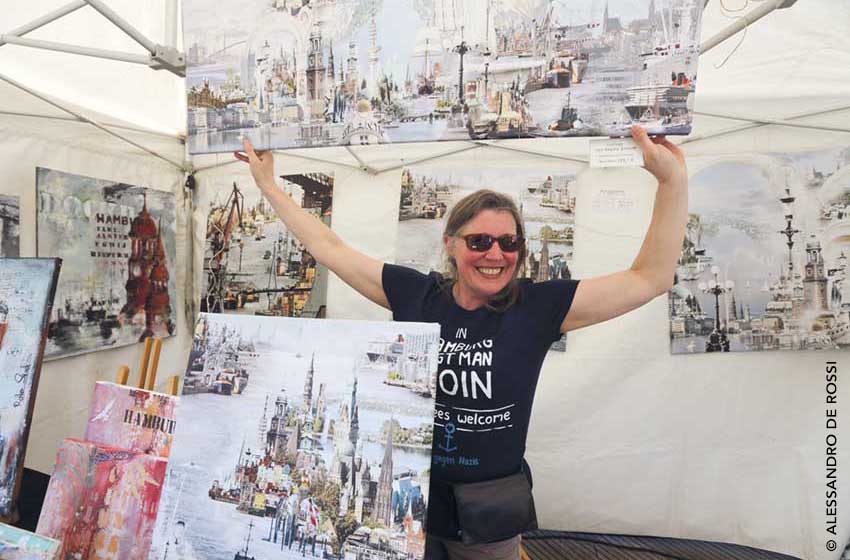
For the visit of Hamburg it is better to leave the vehicle on the outskirts and reach it by subway or bus North Central Station (North Hauptbahnhof). Going around the beautiful Art Nouveau building you arrive on the busy Steintorwallstraße, which you follow to the right, passing the Hamburg Kunsthalle, Museum of Fine Arts. Continuing further, you reach Lake Binnenalster. The visit to the city could take more than two days: it depends on the time you have available and your personal interests. We have focused attention on some areas in particular.
The neighborhood of bricks
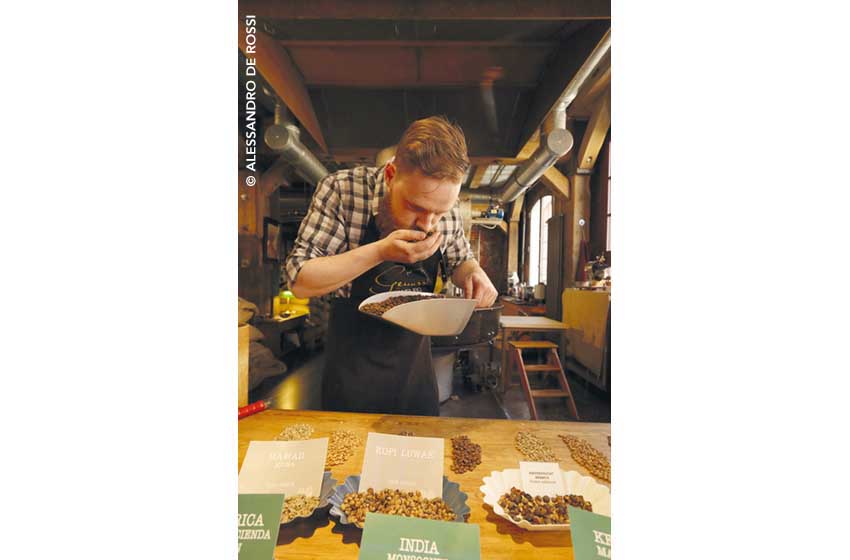
Walking along the banks, you arrive atEurope Passage, which leads to the Rathaus7 square. The magnificent building has been restored several times after the fire of 1842 and the damage of the Great War. Guided tours to Town hall they last 30 minutes. With the small Rathausstraße you reach the church of St. Petri, the oldest in the city dating back to 1195. Then you arrive at the most impressive St. Jacobi church. With its precious wooden organ it is the point of reference for entering the Kontorhaus neighborhood.
The characteristic red brick district built at the turn of the 20th century is the symbol of the city's rebirth after the First World War. Don't miss the buildings with impressive geometric lines: Chilehause, Spinckenhof o Choco sum (dedicated to Hachez chocolate).
The city of warehouses
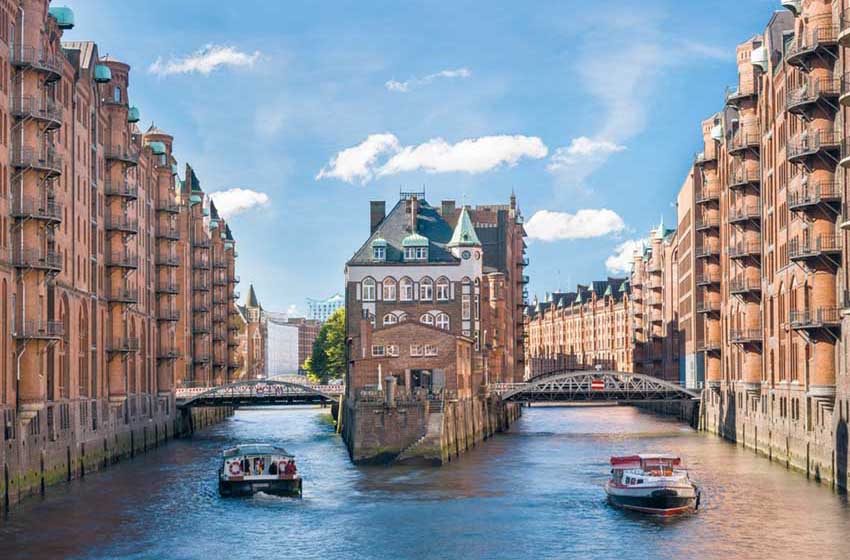
The area of Zollcanal it can be reached by going down towards the port. The neighborhood is lively with ancient warehouses that have given way to modern buildings in a harmonious unicum of glass, steel, bridges and cobblestones.
Wandrahm, the coffee island
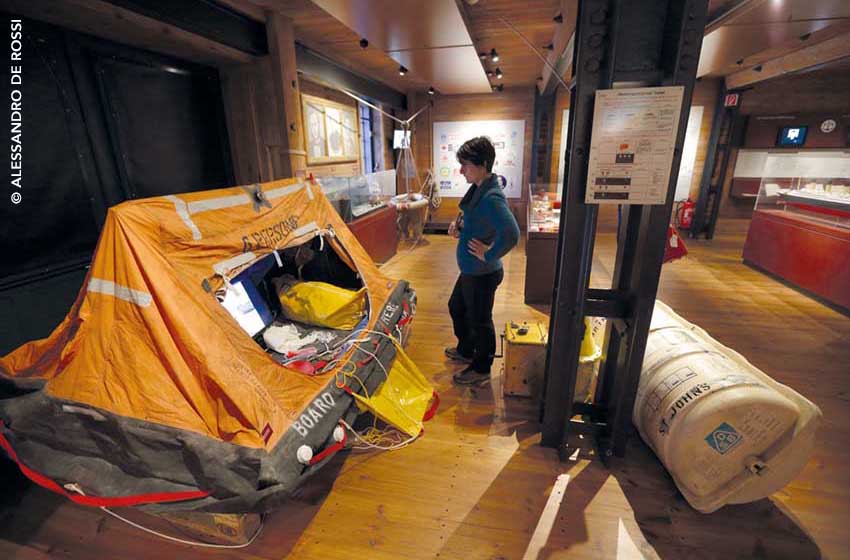
A small bridge provides access to the Wandrahm, island of buildings in the middle of the water and the Am Sandtorkai Straße, the main street overlooked by the Warehouse Museum and Spice Museum.
Here is the Kaffè Museum by Genus Speicher with bags of stacked goods, live artisan roasting, ceramic flasks for spices, wooden shelves with long ladders. They are tasted at the counter some of the most expensive coffees in the world, even traded at 600 euros per kilo. Peru Tunki Bio is cold processed and took the gold medal as the best coffee in the world. Then there is Kopi Luwag with grains digested by civet cats, and Black Ivory Coffee made from elephant excrement. You can also try Milk Oolof with its milky flavour. Entrance with guided tour (in English) and tasting costs 10 euros.
even the Wasserschloss, small castle overlooking the water in the heart of the port, it is an ancient-style drinks shop, with tasting, bar and restaurant.
HafenCity
Continuing further towards the Elbe river, you enter the port district, a mix of water and ancient or ultra-modern buildings. Inside the oldest warehouse is the International Maritime Museum, private collection displayed on ten floors of model ships, boats, sailing ships, boats, oil tankers, tugboats and lifeboats. It's also the art gallery district, like Galerie Hafenliebe, with the most innovative contemporary artists or theAtelier of Irene Abele, which creates clothes, sets and props for Reeperbahn musicals.
The outermost part towards the river is dominated by the geometric glass building of theElbphilharmonies. On the St. Pauli-Hafenstraße every year in May the Port Anniversary Festival takes place, with the arrival of large tall ships from all over the world.
It is a melting pot of artists who exhibit curious photographic collages dedicated to the city in the outdoor gazebos, such as Regina Geisler. It is also the ideal place to taste the most traditional Hansa street food. Don't miss the sandwich with matjes: fried herring, in garlic, marinated or in sauce (the Bismark includes white herring with onion and gherkins). The Rickmer Rickmers, a large sailing ship with museum and restaurant.
The red light street
The long seaside walk ends at fish market, open from 6.30 to 9.30 inside a brick, glass and steel building. Moving inland, crossing the Elbepark, you reach the famous Reeperbahn, the “mile of sin”. The “street of peaks” and brothels is the most famous red light district in Germany. In the evening it transforms into a chic neighborhood thanks to the countless theaters and clubs that boast of having hosted the early days of the Beatles. Returning through the gardens, the City Museum reproduces historical atmospheres from the Middle Ages to today.
Learn More about Hamburg. Find out how you can book one guide in Italian of the city.
Lübeck in a weekend: the best in 48 hours
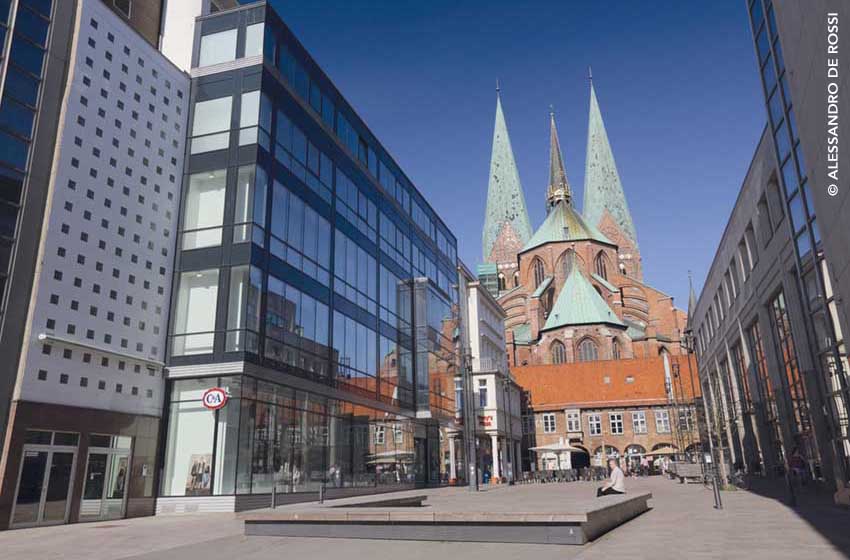
Less than sixty kilometers in a north-eastern direction separate the metropolis from its ancient ally Lübeck,
on the Baltic side of Jutland, always traveling on the A1-E22. Small and elegant, it can be explored in two days.
Holstentor and the historic center
The pedestrian entrance to the historic center is truly spectacular! A double brick tower introduces the main attractions which stand on a small island surrounded by the Wakenitz and Trave canals. The ancient nucleus has remained intact since its foundation in 1143. Immediately to its right, there are the historic buildings of Salt warehouses. On the main road, the church of St. Petri , market Square, dominated by the Rathaus and the double bell tower of the St. Marien church.
The artisans' quarter
On the external side of the square stands the historic Niederggen marzipan shop. On Breitestraße itself, you will find the Schiffergesellschaft restaurant opened since 1401. The Hüstraße district and Fleischhauerstraße he kept the Giebelhaus with original facades. There are many craft workshops like the Petra Hubner's Aura jewelry workshop, Henricke Dietrich's boiled wool clothing boutique and theAtelier n. 44 by Karsten Müller, with his works in incredible balance.
The Nobel Prizes and a themed restaurant
Proceeding west on Konigstraße, you reach the birthplaces of two Nobel Prize winners: the Buddenbrookhaus by Thomas Mann and brother Heinrich and the Gunter Grass Haus. A little further on you find the little one Hospital of the Holy Spirit (Heiligen Geist Hospital) with painted rooms. In the basements there is the Kartoffelkeller, nice restaurant with a menu entirely based on potatoes.
Once you reach the Burgtor, the exit from the city walls to the west, you turn onto An Der Untertrave to enter the'European Hanse Museum, dedicated to the Hanseatic cities, where you can impersonate a protagonist of medieval history (in English). Exactly on the opposite side of the city, there are the cathedral and St. Annen Museum of Modern Art.
Travelmunde, a walk by the sea
Travelmunde it is a picturesque seaside town on the Baltic coast which can be reached in 20 kilometers by road. It is renowned for its baths, famous since the mid-nineteenth century. On the panoramic seafront which is full of artisan stalls, you can taste the labskaus, the beef mince topped with potatoes, beets, pickles and onions, and visit the Museum of the Sea where you can find curiosities about the clothing and fashions of the first lovers of sunbathing.
Learn more about Lübeck and contact the tourist office to book guided tours.
What to see in Wismar
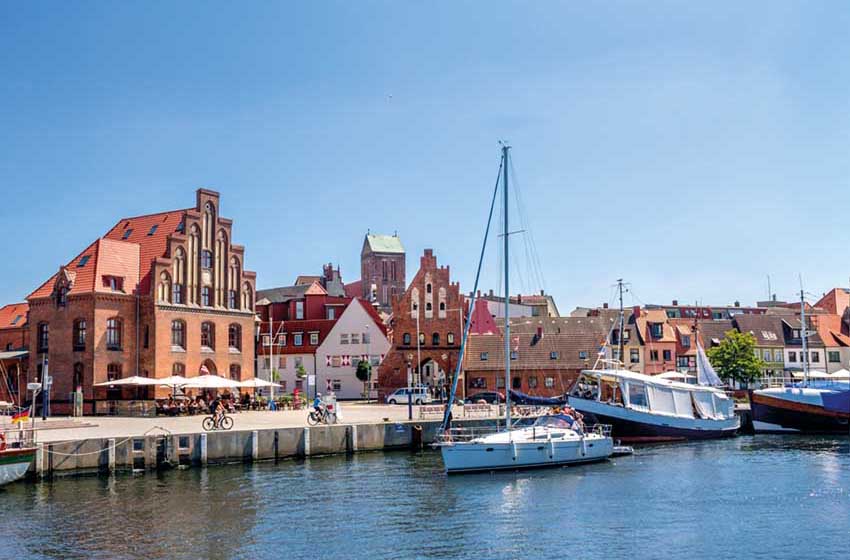
It takes about sixty kilometers on the smooth road 105-E22 to reach Wismar, the easternmost of today's Hansa cities, the only one directly overlooking the Baltic Sea. Its peculiarity are the gabled houses or “gabled”. Rebuilt after the bombings of the Second World War, it is worth at least a day.
Gabled house
From the beautiful one Wassertor, the port tower, leads to the picturesque neighborhood with the famous Scheuerstraße of 1410. The southern block is bordered by the Thick (one of the oldest German waterways) and dominated by St. Nikolai church, impressive red brick building with a gigantic organ and an elegant blue pulpit.
Old Port
In the northern district of the ancient port where you can taste the best of fish street food. You eat directly from the fishing boats at the pier, organized for frying and cooking or in the best starred restaurants, such as the Seeperle Wismar. Most of the 182 breweries opened in the XNUMXth century and produced beer were located here Mums. The strong, dark beer (the liquid “bread”) can still be tasted in the old half-timbered building from Brauhaus brewery.
Unesco Heritage House
La Welterbehaus it is free to visit and is located along Lübsche Straße. Note the facades of the houses around number 23. They have seven centuries of history and the Kemladen are still perfectly preserved. The little girl overlooks the same street Heiligen Geist church with a painted wooden coffered ceiling.
A few hundred meters to the south, there is the area where the church of St. Marien stood, considered before the war the most beautiful Baltic Gothic brick church in Germany. Today only the 80 meter bell tower remains. Inside, a short 3D show (in English) is projected on the ingenious building solutions adopted over the centuries.
The princess's court
An elegant palace built in 1512 for the visit of the Princess of Prussia, in brick but in Renaissance style. Next to it you will notice the St. Georgen church, also damaged by the war and restored. East of St. Marien is the typical one market Square rectangular in shape, surrounded by gabled buildings in Gothic style.
Phantechinkum
Outside the center towards the east there is a museum of technique and technology (entrance 7 euros) which is spread over four floors, one for each element (fire, air, water and earth) which can only be used in German. More information on place of the tourist office.
How to Get There:
Hamburg is more than 1.100 km from Milan, passing through Switzerland, Liechtenstein and Austria. Bremen is about 120 kilometers to the south-west, Lübeck about 60 km to the north-east, Wismar another 60 km to the east.
German motorways are free to access.
When to go
The first Sunday of May takes place Hafengeburtstag Hamburg, the anniversary of the creation of the Port of Hamburg in 1189. The event includes a historical re-enactment and the colorful market that comes alive on the St. Pauli-Hafenstraße.
Where to eat
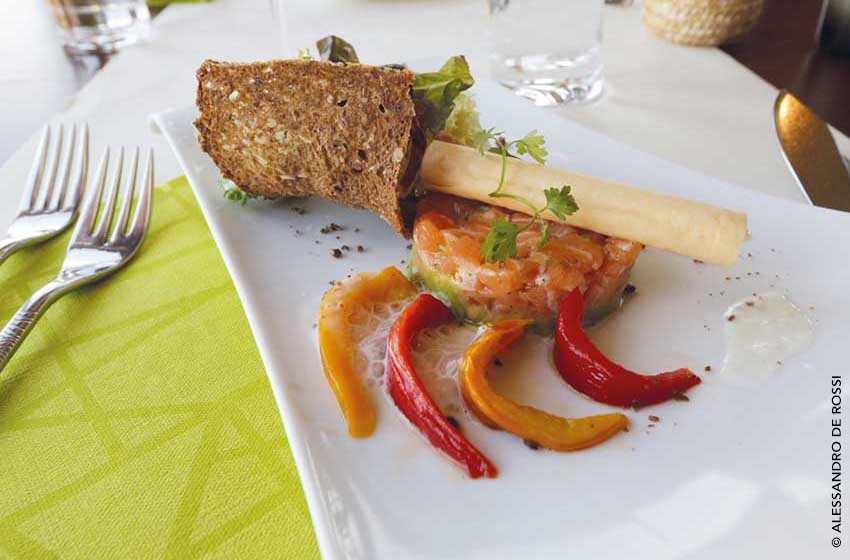
Brema has several addresses for eating well: al Bremen Ratskeller and at the restaurant Alexander von Humboldt. Lübeck you have a series of addresses: the restaurant Schffergesellschaft, Bistro Miera and the restaurant Kartoffelkeller, inside the Heiligen-Geist Hospital. TO Wismar there is the restaurant Seeperle, on the upper floor the chef's kitchen, on the lower floor fishmonger and fryer.
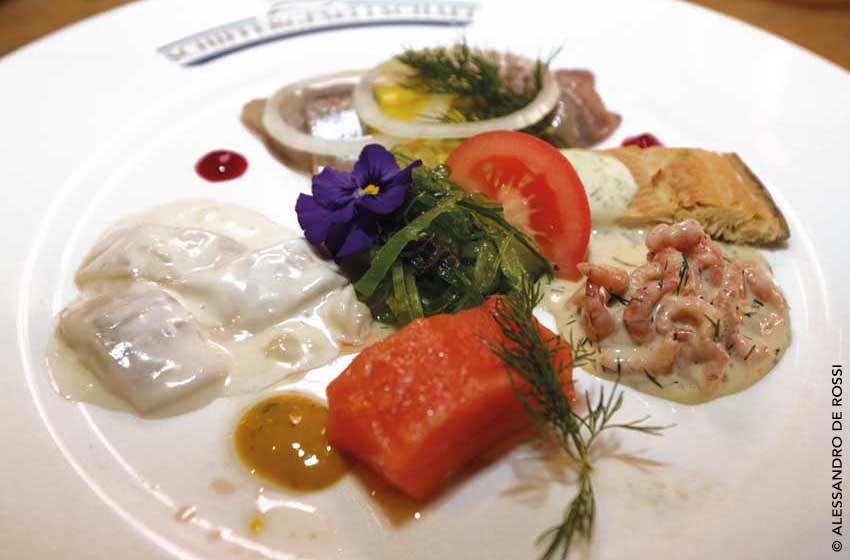
Camper stop
A Brema there is Reisemobilstellplatz am Kuhhirte Kuhhirtenweg, rest point with coin-operated toilets and showers on the green islet of the Weser, shaded and quiet, a stone's throw from the historic center, also reachable by pedestrian barges.
Ad Hamburg Wohnmobilhafen-Hamburg, a large, noisy, enclosed car park with container toilets in the Hammerbrook neighbourhood, close to Hafencity and the S subway.
A Lübeck you have at your disposal Wohnmobile Treff Lübek, an isolated and quiet car park, with barrier, services in the nearby sports field, bus no. 12 for the center.
A Wismar il Wohnmobilestellplatz Westhafen Wismar it is close to the port. Alternatively you have Ostseecamping Ferienpark Zierow, a campsite 20 minutes from the city.
CKE campsites
A Brema Märchencamping e Knaus Campingpark Oyten.
Ad Hamburg Camping Stover Strand International Kloodt.
A Lübeck Naturcamping Buchholz,
Cards and guided tours
With the Hamburg City Card starting from 9,90 euro you travel for free on all public transport and have
discounted access to museums, restaurants, attractions and theaters (1 adult plus 3 children). In Bremen you have ErlebnisCard starting from 8,90 euros (one adult and two children). Guided tours, in English and sometimes in Italian, departing from the Tourist Office and bookable online, in all four cities.
Text by Federica Botta and photos by Alessandro De Rossi
_________________________________________________________
Did you like this itinerary in Germany by camper?
Read also Saxony in a camper between cities, vineyards and castles
Do you like the wine? Follow our itinerary along the ways of Riesling for another region of Germany, including that one between Mainz and Koblenz, in the Rhine Valley.
_____________________________________
All PleinAir itineraries over Germany you can read them in the digital magazine on your PC, tablet or smartphone. With a year of subscription at PLEINAIR (11 paper issues) you have the special inserts, the digital magazine and the digital archive available from 2015 (with attachments). With your PleinAir subscription receive the next issues comfortably at home and save!

